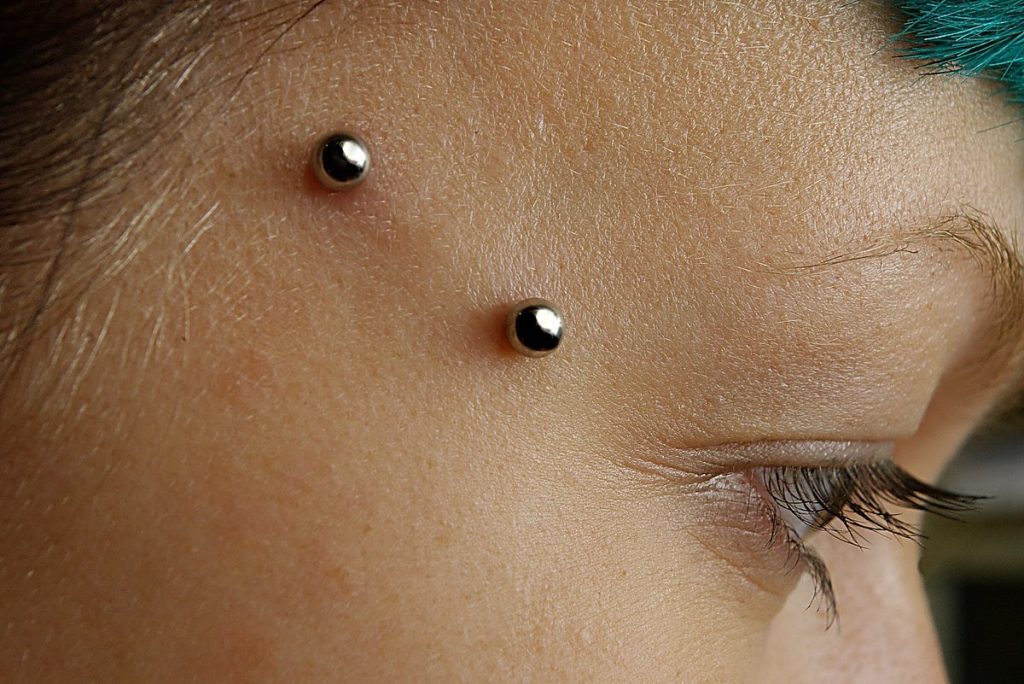From the ancient pyramids of Egypt to the modern streets of New York, the art of body piercing has woven its way through the fabric of history, marking both the bodies and cultures of people across the globe. This practice, which involves creating a hole in the body to wear jewelry, is as much a form of self-expression as it is a rite of passage in many societies. National Piercing Day, celebrated on May 16, shines a spotlight on this ancient tradition, highlighting its rich history and the diversity of its meanings. Whether for beauty, status, or spiritual purposes, piercings have pierced the veil of time, evolving with each era. Yet, how did this practice transition from sacred rituals to a mainstream trend? And what does its celebration today say about our changing attitudes towards body modification? As we pin down the significance of this day, we're reminded of the intricate tapestry of human culture and the enduring desire to adorn our bodies in meaningful ways.
Key Takeaway
Timeline
Day Activities
-
National Piercing Day kicks off with educational workshops at local studios, where experts dive into the rich history of body piercing, spanning from ancient Egypt to modern punk culture. Attendees get a chance to learn about the significance of piercings in different cultures and the evolution of piercing techniques over the centuries. These sessions are not just about history; they're interactive, allowing curious minds to ask questions and even see live demonstrations of safe piercing practices.
-
As the day progresses, piercing studios often roll out special deals, enticing both piercing veterans and newbies to add to their collection. It's not all about the discounts, though. These studios also emphasize the importance of hygiene and proper aftercare, providing free consultations and aftercare products. This initiative ensures that everyone leaves not only with a new piercing but also with the knowledge to care for it properly, highlighting the day's focus on safety and education.
-
To cap off National Piercing Day, community gatherings and online forums buzz with stories and experiences shared by piercing enthusiasts. From the most unusual piercing tales to discussions about personal expression and identity, these platforms turn into vibrant hubs of connection and understanding. It's a day that goes beyond the needle and the jewelry; it's about celebrating individuality, breaking down stereotypes, and fostering a community of acceptance and respect for all forms of body art.
Interesting Facts
1. Ancient Roots
Body piercing dates back to ancient civilizations, showcasing its deep cultural significance.
2. Counterculture Catalyst
The punk movement of the '70s and '80s propelled body piercing into Western mainstream.
3. Safe Practices Spotlight
National Piercing Day emphasizes the importance of hygiene in piercing practices.
4. Global Acceptance
Today, body piercing is a global symbol of self-expression and individuality.
5. Annual Celebration
Every May 16, National Piercing Day unites enthusiasts and professionals worldwide.
Why We Love This Day
-
Celebration of Ancient Practices: National Piercing Day shines a spotlight on the time-honored tradition of body piercing, a practice that has been part of human culture for millennia. From the ancient Egyptians who adorned themselves with elaborate jewelry to the indigenous tribes using piercings as rites of passage, this day connects us with our ancestors in a unique way. It's a nod to the past, reminding us how traditions evolve but still hold significance today.
-
Expression of Individuality: Why do we love this day? Because it champions the freedom of self-expression through body art. In a world where fitting in is often seen as the norm, National Piercing Day encourages folks to stand out. It's all about celebrating your identity and personal style in whatever way feels right to you. Whether it's a subtle nose stud or an array of ear piercings, this day is a shout-out to all who dare to be different.
-
Promotion of Safe Piercing Practices: Another reason to mark May 16 on your calendar is the focus on promoting health and safety in the piercing community. National Piercing Day isn't just about the glitz and glamour of body jewelry; it's also an opportunity to educate people on the importance of choosing reputable professionals and maintaining proper aftercare. Awareness around these practices helps ensure that everyone's piercing experience is not only stylish but also safe.
Past & Future Dates
| Month | Day | Year |
|---|---|---|
| MAY | 16 | 2022 |
| MAY | 16 | 2023 |
| MAY | 16 | 2024 |
| MAY | 16 | 2025 |
| MAY | 16 | 2026 |
| MAY | 16 | 2027 |
| MAY | 16 | 2028 |
FAQ
What national holiday is on May 16th?
It's Drawing Day, Horse Rescue Day, Global Accessibility Awareness Day, National Love a Tree Day, International Day of Living Together in Peace… and much more!
Is it National piercing day?
National Piercing Day on May 16th promotes piercing. In times past, pierced ears were about the limits of what we once saw; today the number one type of piercing is the nose/nostril, and quite common.
Is May 16 National Love a Tree Day?
What did piercings symbolize?
Piercings have been used to signify sociopolitical status; in Rome, septum piercings symbolized a gladiator's strength, while in Egypt, a belly button piercing signified godliness and was often worn by pharaohs.
